The HomePod is dead. Long live the HomePod.
Re-examining great design and technology end-of-life support.
March 14, 2021
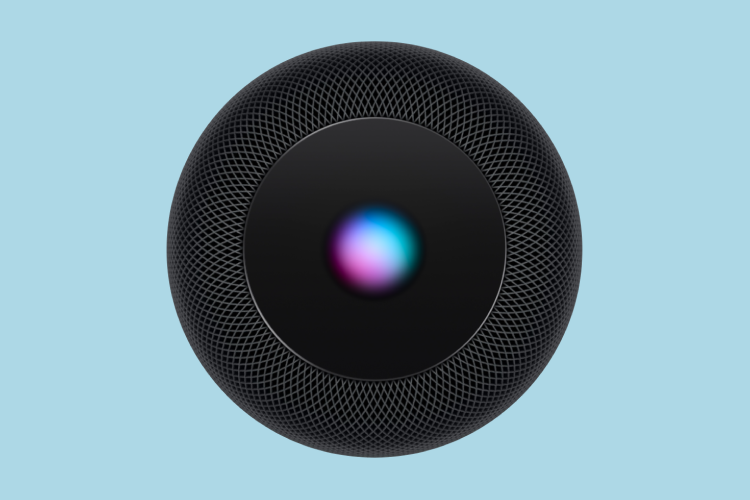
"I'm sorry Luke, I'm afraid I can't do that."
Like a radioactive isotope, we’ve reached the HomePod’s first half-life.
Apple’s announcement to discontinue the original HomePod hardware yesterday was jolting, but not surprising for many HomePod owners. This was a moment expected from the beginning.
Launched in 2018, the original HomePod smart speaker had limitations that only the most loyal Apple fans accept. Apple’s subscription music service, Apple Music, and AirPlay (a closed-source, proprietary P2P streaming protocol), were the only two ways to play audio on HomePod, with no way to connect an aux or Bluetooth input. As an interface, users were stuck with Siri and the small, capacitive buttons on the top of the unit (3 taps on top to rewind was, and is, obnoxious).
For Apple users already bought into the Apple ecoystem, a HomePod offered a convient way to interact with smart home devices through HomeKit in addition to playing Apple Music. Furthermore, all the voice activated features were billed with a “privacy-first” approach (despite the HomePod being the only mainstream smart speaker at the time without a mute switch).
The HomePod promised to deliver a premium audio experience by harnessing the computational prowess of the iPhone alongside Apple’s usual excellence and passion for precision industrial design. In spite of the clunky Siri interface, the HomePod largely succeeds in that goal. For me, it certainly does, and I enjoy using it daily for music, home automation, and getting the weather forecast.
However, Apple’s announcement makes me wonder what happens after the next half-life of the HomePod? What happens when software updates stop being released? What happens when Apple’s servers that help the HomePod perform its magic shut down? It seems like owners will be left with an overpriced paperweight that can’t even be used as a Bluetooth speaker.
Despite being barely a blip on Apple’s revenue radar, what responsibility does the world’s most valuable company have to consumers to support their products?
Good design is long-lasting.
The ten principles of good design, as put forth by the legendary industrial designer Dieter Rams, have long been associated with Apple products. Under Steve Jobs, Apple was regarded as the pinnacle of the intersection of design and technology. The products were simple, intuitive, beautiful, and mostly “just worked”.
The other day I got out my iPod classic, charged it up, put some headphones in, and cringed at my late 2000’s music taste. But, despite the music player being over 14 years old, it could still faithfully fulfill its purpose to keep 1000 (or more) songs in my pocket—not that I used it regularly. It made me wonder though, why did I stop using a device that worked so well at what it did? How many other iPods are out there, sitting in a closet, waiting to be pulled out only for a trip down memory lane?
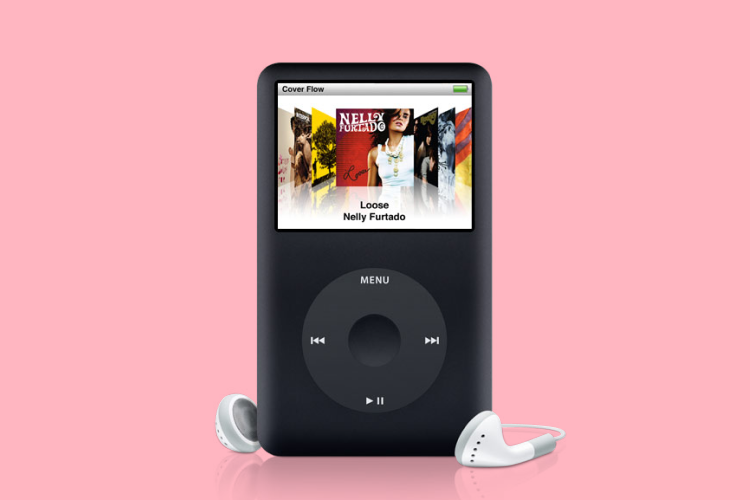
Under Tim Cook, the company has reached an incredible scale as it continues to sell more and more iPhones. But the magic has slowly faded over the years, with the old Apple only being seen in glimpses such as AirPods, the M1 chip, and in my opinion, yes, the HomePod.
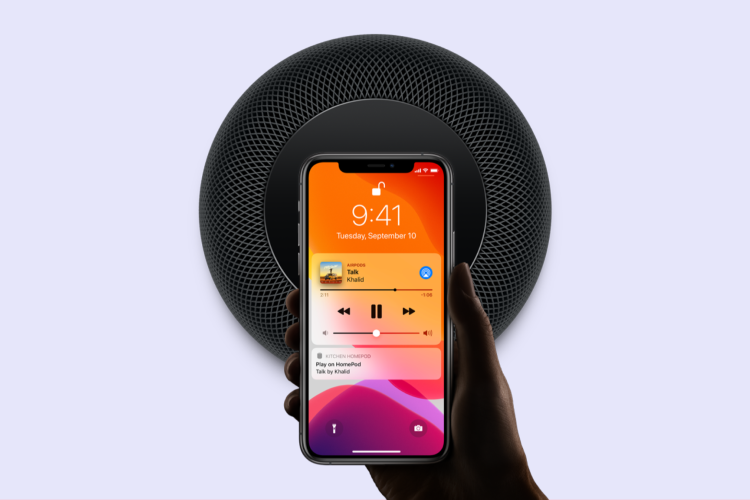
Apple is notorious for locking down its software and tightly coupling it with the hardware. It freely gives away software as an incentive for people to buy its hardware. To date, they have a decent track record when it comes to supporting older devices with software updates (not that the Android OEM are setting the bar very high). I’ve enjoyed the lifespan of my Apple Watch Series 3, which has continued to recieve software updates, and feels snappy as the day I got it.
As the market becomes more and more saturated with consumers who aren’t interested in upgrading their working hardware devices, Apple is putting more focus on its “services” category. Getting consumers to subscribe to services like iCloud, Apple TV+, and Apple Fitness can keep revenue flowing as hardware sales slow down.
A cloud-based software service model better aligns with the ongoing cost of developing updated software and content. But in order for those services to work, both compatible versions of the cloud and client side software need to be running, and kept up-to-date. What happens though when either of those pieces of software becomes irrelevant to driving new sales?
“Hey Siri, play Daft Punk”
I’ve always had a great deal of respect for musicians, and for audiophiles. I’m not much of either, but I can sense that some folks can hear sound with the same kind of depth and intuition I feel I see when I look at visual design.
When Daft Punk broke up this month, it hit me as if they had actually died. The next few days my HomePod was pretty much a non-stop tribute jukebox, blasting the sonic landscapes of Tron: Legacy (the complete edition, just released on streaming services), Random Access Memories, and Alive 2007 on repeat.
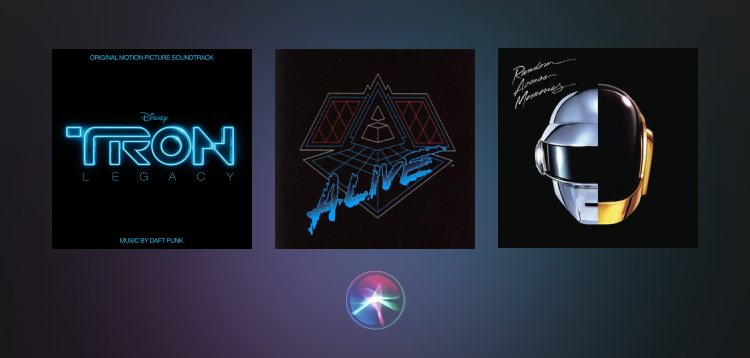
What I love about artists like Daft Punk is that they’ve made extraordinary sounds that can be appreciated by any listener—because their music speaks directly to the human soul. Playing their music through my HomePod was a completely seamless way to engage with their art, from both the perspective of ease of access and the auditory experience.
This leads to what I think all great design is: human souls speaking directly to other human souls. Technology products have been helpful in this regard in that they provide a level of intimacy, personalization, and accessibility that makes them indispensable to our daily lives. In some ways they are simply a channel or tool for consumption, but every now and then, that tool itself can elevate and transform the experience of using it. This was the magic of Steve Jobs’ Apple products.
Design isn’t just how something looks or sounds, it’s the entire experience. It’s how a product is marketed, sold, used, and yes, eventually retired. Killing off the HomePod without giving consumers a clear vision about the software end-of-life plan is poor design.
Consumers deserve the right to install and modify the software on their devices
Currently, Apple is battling a bill in Arizona to maintain control over the walled garden of their App Store. The consequences of the suit could break down the barrier to mobile phone owners installing apps from other sources (Android has had this option for years but Google Play holds much of the Android app market).
But what about a HomePod, which has no App Store?
I’m lucky enough to have learned at a young age how to write software. And as more and more tasks become automated by machines, I see humans developing software for those machines only becoming more relevant.
Using and publishing open-source software is part of the DNA of any great technology company. However Apple, Amazon, Google and the other tech giants need to go above and beyond when it comes to making products with great design at the core. When a product reaches its end of life for a company, why not open-source it? Let someone else pick up where you’ve decided to leave off.
Technology companies should leave behind the deep instruction manual for folks who want to continue using their products long after the corporation decides it’s no longer in the shareholders’ best interest to support the product.
In light of the end-of-life announcement for the original HomePod, Apple should take these steps now:
- Release a software developer kit (SDK) for HomePod’s flavor of TvOS so developers can create third-party apps for HomePod.
- Release an official AirPlay 2 protocol specification so third-party devices can use the HomePod speaker as an output.
Good design is long-lasting. Apple, as a leader in consumer product design, needs to go above and beyond what is expected by consumers today. They have made bold announcements of goals to reduce their planet-scale carbon impact. But in the quest to sell more devices, planned obsolescence is still a part of the unspoken roadmap for most technology products. Building devices that last longer may be antithetical to selling more devices, but in the long run, the consumer wins. Open-sourcing software, opening up protocols for better interoperability amongst devices, and allowing users to install or upgrade software themselves all can help make technology products last longer.
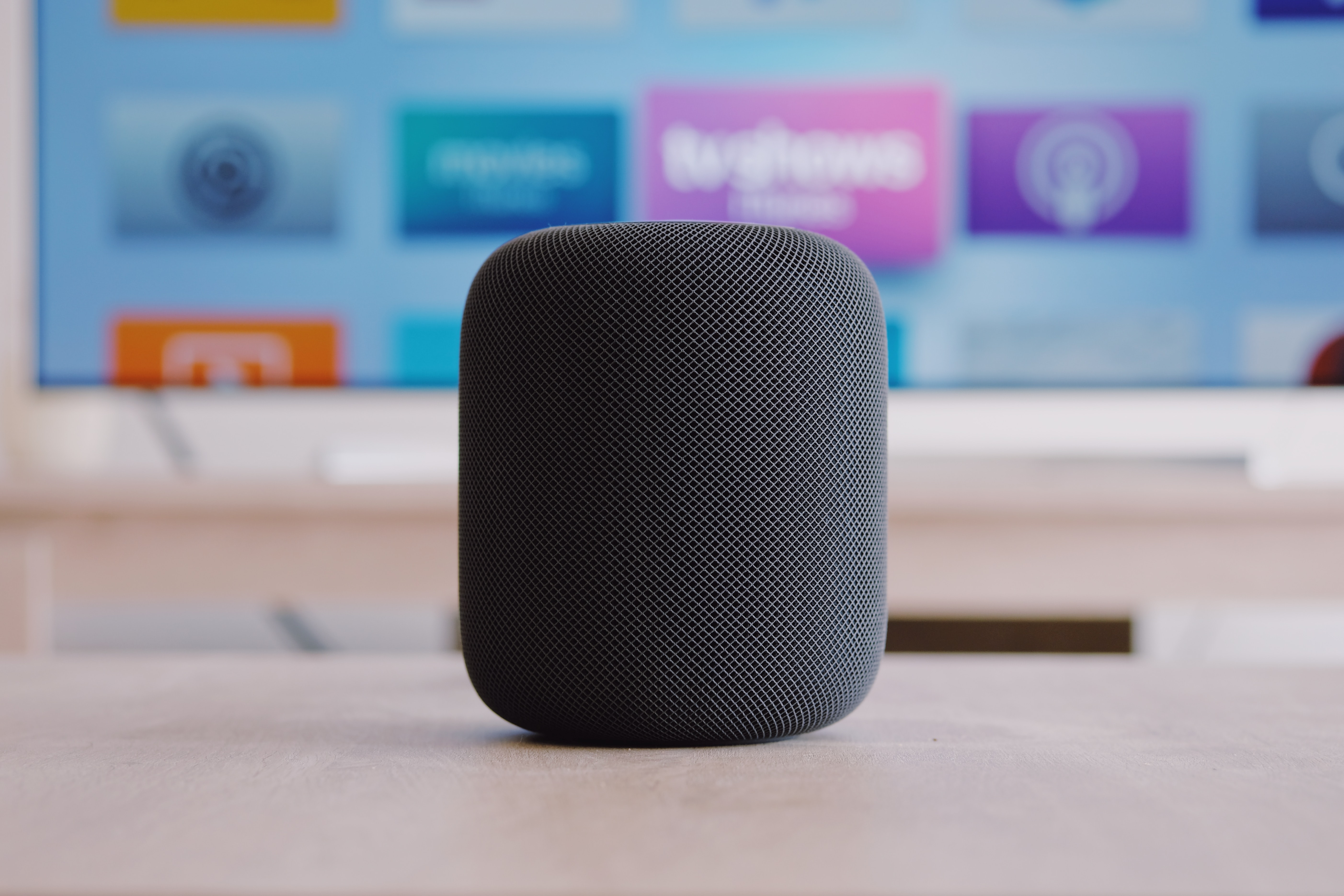
Imagining an Open-Source Audio Adapter
Sadly, it’s unlikely that Apple will take any of the steps above to support the original HomePod. However, taking inspiration from other communities of practice that restore old products, I think there may be a path forward to get an aux input added wirelessly to HomePod.
As I’ve witnessed the constant cycle of digital obsolescence, I’ve come to appreciate physical and analog media more for what it is. As a child, I would tell my parents, “Physical media is dead!” Looking back, that’s quite a strange thing for a child to say with regular frequency (my parents can confirm).
Recently, I’ve become interested in the resurgance of Polaroid cameras and instant photography. With an SX-70 camera I can fit in my pocket, I can instantly capture a moment as a photograph, which I don’t need to back up to the cloud or trade my privacy for to share with friends. A whole industry exists around preserving and refurbishing these cameras, some of which are now close to 50 years old. Good design is long-lasting.
How could the useful lifespan of a HomePod be extended? The speaker itself is a good piece of hardware. In retrospect, it would have been remarkably easy for Apple to add an aux input, or even Bluetooth, and this would not be an issue. One option is to leverage the AirPlay support on the HomePod and create an adapter to stream music through that protocol.
Analog to Digital AirPlay Device
Since AirPlay 2 will foreseeably work locally for the far future, I intend to investigate building an analog to digital AirPlay device that could accept any aux input and stream to a HomePod in the best available quality.

Research at the time of this post suggests that I could use HiFiBerry ADC with a Raspberry Pi to create a device for processing the analog input. I imagine a device with a small OLED screen and a couple GameBoy like buttons to help pair would provide a delightful experience.
Reverse Engineering the AirPlay 2 Protocol
To date, it doesn’t seem like anyone has completely reverse engineered AirPlay 2. This repository looks like a good start for AirPlay 2 reception.